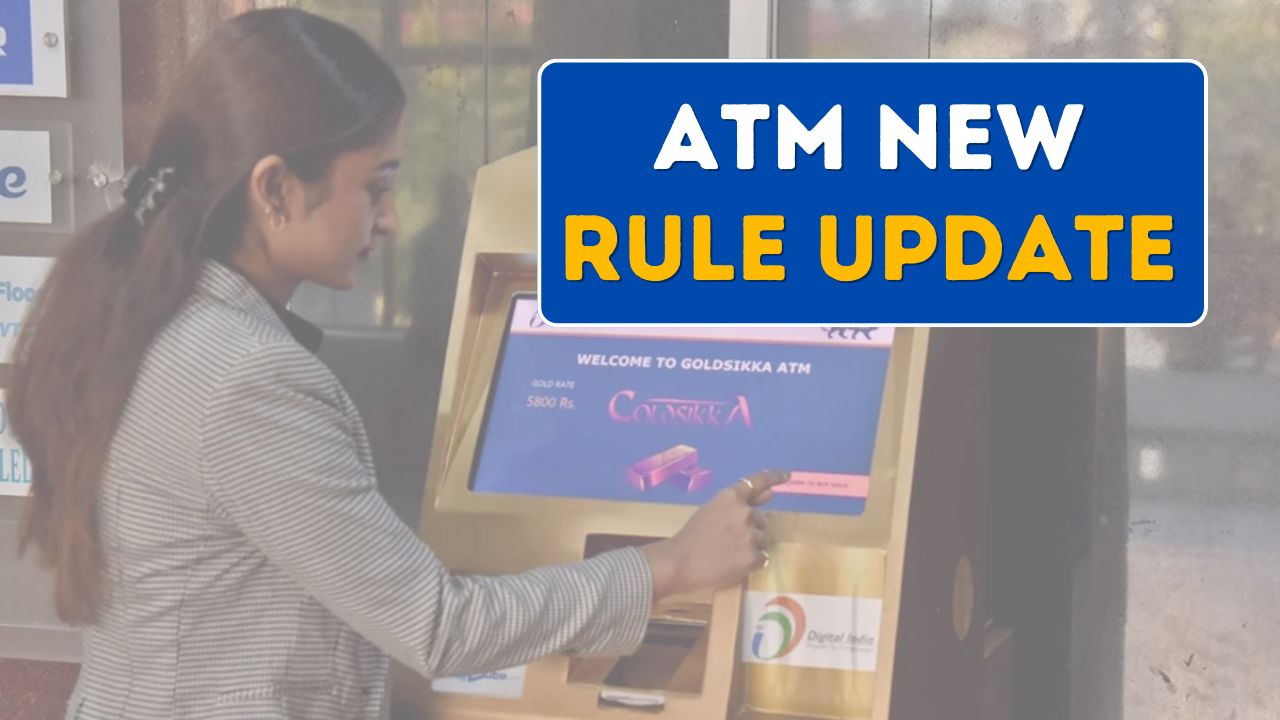Starting from 20 May, using an ATM to withdraw cash is set to become more expensive for millions of bank customers in India. The Reserve Bank of India (RBI) and commercial banks have revised the fee structure associated with ATM transactions. If you frequently use ATMs for cash withdrawals, here’s what you need to know and how it could affect your monthly banking habits.
What Are the New ATM Withdrawal Charges?
Under the updated guidelines, banks will continue to offer a limited number of free ATM transactions per month, typically five transactions, including both financial (cash withdrawal) and non-financial (balance inquiry, mini statement) operations.
However, once you exhaust this limit, the cost of additional withdrawals will increase from ₹21 to ₹23 per transaction at your own bank’s ATM. If you’re using another bank’s ATM, the charges will remain similar but could vary based on the bank’s individual policy.
This change comes after banks cited rising operational costs, ATM maintenance, and inflation as key reasons for the hike. The RBI has approved this upward revision after careful consideration and stakeholder consultations.
Who Will Be Affected the Most?
While casual ATM users who withdraw cash occasionally may not feel the pinch, frequent ATM users, senior citizens, and people in cash-dependent rural or semi-urban areas are likely to be the most impacted. Small businesses that rely on regular cash transactions may also see an increase in their banking costs.
Additionally, customers who prefer cash over digital payments for budgeting or security reasons could find themselves reevaluating their habits due to these rising costs.
Why Are the Charges Being Increased?
Banks argue that maintaining a nationwide ATM network comes with a host of expenses security, cash replenishment, hardware upgrades, and compliance with regulatory norms. The rising cost of infrastructure, along with enhanced cybersecurity measures, has made ATM operations more expensive than before.
The last revision in ATM charges happened in 2022, when the fee was raised to ₹21. Since then, inflation and higher operational overheads have pushed banks to review their fee structures.
Tips to Avoid or Minimize ATM Charges
To sidestep or reduce ATM fees, consider withdrawing larger amounts less frequently to stay within the free transaction limit. Using your bank’s mobile banking app or internet banking can help manage funds without incurring extra costs. Opt for cashback or cash withdrawal options at retail outlets, if your debit card allows it.
Digital wallets, UPI (Unified Payments Interface), and cardless withdrawals through QR codes are also viable alternatives that continue to grow in popularity and convenience.
What Does This Mean for the Future of Cash Transactions?
The revision of ATM withdrawal charges is another push toward India’s ongoing shift to a more digital economy. With UPI transactions skyrocketing and fintech platforms becoming mainstream, traditional cash withdrawals are becoming more costly both in terms of time and money.
Banks are increasingly incentivizing customers to embrace digital methods, which are not only cheaper but also offer better tracking, security, and convenience. However, as long as cash remains a critical mode of payment in certain segments, balancing digital adoption with accessibility will remain key.




